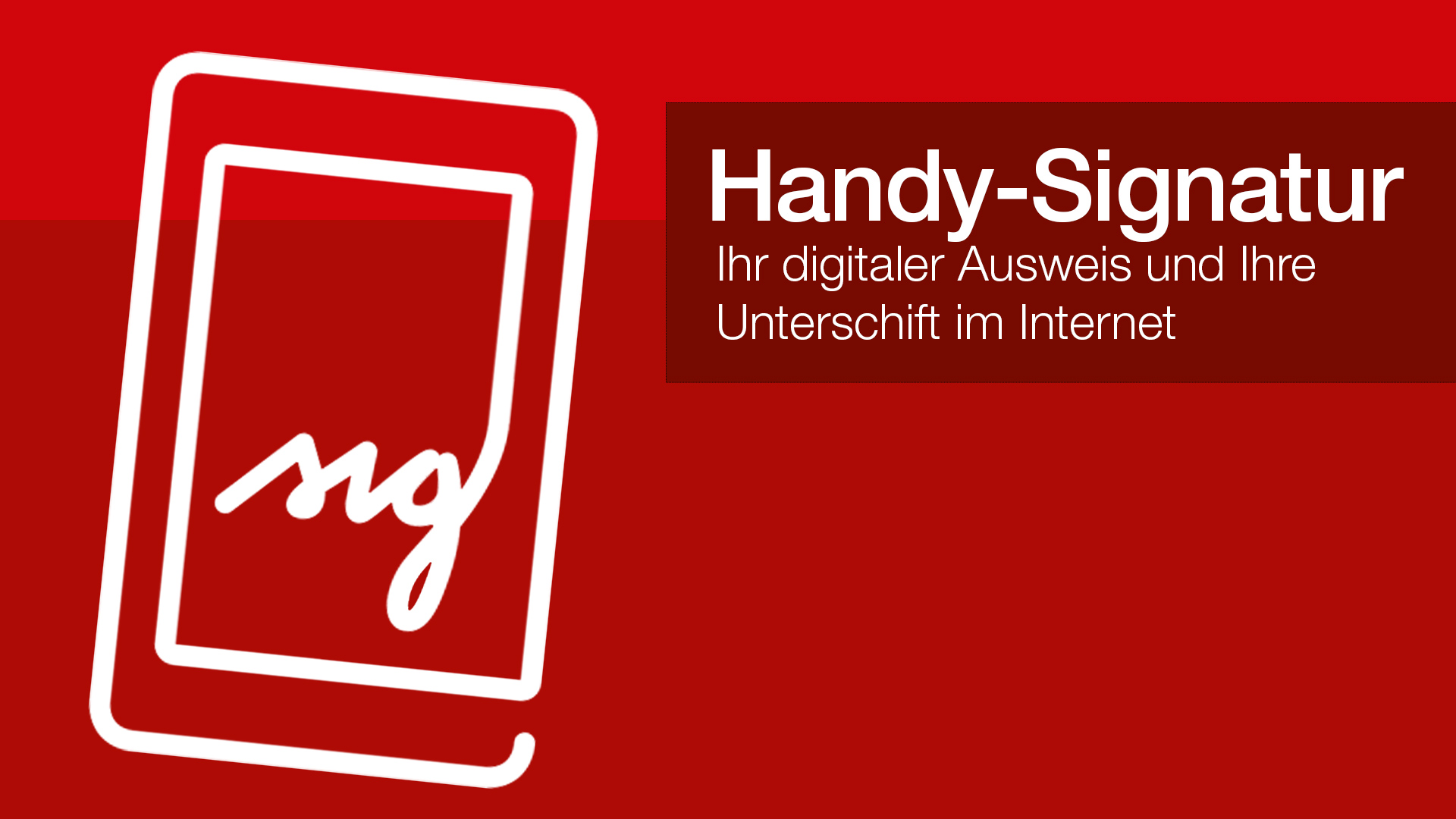1.2 billion euros have increased funds for digitization for the coming year. Most of this will be spent on broadband expansion, with eGovernment in second place, which now involves linking the various data registers of the ministries, explained State Secretary Florian Tursky (ÖVP). In concrete terms, this should be visible on the new digital ID card or the digital registration certificate.
Linking the data collections of the ministries is necessary to provide official digital channels, said Tursky. So far, for example, you have to bring proof of citizenship to apply for a passport. “If I link these registers, I can offer all these services digitally.”
A relaunch of the “Digitales Amt” app and new digital ID cards are planned for the coming year. The digital ID card and the digital registration certificate are set to arrive as early as next year; “that’s fixed,” says Tursky. Over 200 official channels have already been digitized.
Cell phone signature to be switched off
Another focus will be the ongoing conversion of the cell phone signature to ID Austria. “We already have 1.6 million Austrians on ID-Austria.” The cell phone signature will be switched off on December 5. “From then on, an ID-Austria will be issued automatically with every passport.”
Tursky announced that an additional 17 million euros will be invested in eHealth in the coming year. One of the plans is to modernize the ELGA (Electronic Health Record), which has existed for ten years, to “make it more than just a PDF collection.” All data must be included in the ELGA “unless you opt out.” There must also be interfaces with ELGA for the position or the school medical examination. Data from the parent-child pass should also be transferred to ELGA. However, this is more of a long-term plan. “We want to create the legal requirements next year.”
The second important point in the healthcare sector is the digitalization of the e-card, which will be available on cell phones in the second half of 2024. Digital ID cards should be available in the year’s first half. As with all digital ID cards, the digital e-card will supplement the existing card but not replace it, emphasized Tursky. The registration certificate is a bit “tricky because I have to be able to give the registration certificate to other people.”
Tursky announced that the company would invest 52.7 million euros more in cybersecurity. EUR 19 million is available for cybersecurity research.
Austria is a pilot country for digital ID cards; “my goal is for all of this to be recognized throughout Europe.” The digital driving license, for example, is currently only recognized in Austria and is expected to be recognized in other EU countries by 2026. Mutual acceptance with individual countries, such as the Czech Republic or Liechtenstein, could also occur earlier. “The Germans are not frontrunners when it comes to digital identity; they will certainly need it until 2026.”
- source: APA/picture: oesterreich.gv.at
This post has already been read 3640 times!



